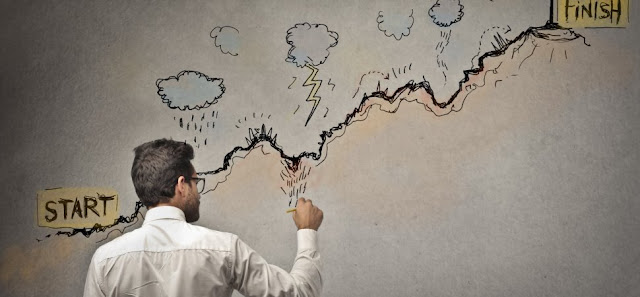Use cases have been in use for decades. They have been known to help build greater analysis capabilities and focus. However, that doesn’t mean that you should not be writing user stories in an agile environment. So what are these different requirement types? Find out in this guide.
What is a Use Case?
A use case is a description capturing the user-system interaction. It is unlike a business process that needs to capture everything a user intends to achieve the results for the organization. Typically,
use cases are highly specific in the way a user will interact with the system to achieve their goal. They focus on a more granular goal.
Key Benefits or Features
Some of the key features of user stories are as follows:
- A use case is meant to address the issue of requirements when it is not connected to user interaction
- You will be writing a series of user and system interactions, with the focus being on how the system is used by the user
- They are considered better than traditional requirement type in that the emphasis is on user-based context
- It is possible to determine the value of the use case
- It is possible to figure out the tests according to the system response and interactions
- There are 2 primary components in use cases – Use Case Diagrams and the textual description
- They can sometimes be used similar to traditional requirements for heavy-duty control-based processes
- Use cases apply an advanced level of completion on the system
- Change control is used on the system to lock it down with the perception that the use case will capture everything
It is possible to use both traditional requirements and use cases within agile software development. However, they may focus more on the documented specifications of the software system and less on the collaboration. There are developers who make use of Use Cases within agile environments. The lack of built-in features related to collaboration requires that elaborate specifications are created. In such a situation, the Use Case can be a source of record instead of a system for conversations.
What are User Stories?
A user story is a highly slim requirement type that is at an advanced level. User stories are typically recorded on index cards and can be written by any stakeholder including the user, developers, and clients. They are part of an agile development environment with an emphasis on talking about the requirements than on writing them. Typically, an agile User Story will have one or more written sentence. It may also have a series of conversations related to the desired functions.
Key Benefits & Features
Typically, Agile teams rely on user stories as their primary platform of incremental software delivery. User stories help mitigate the risks of delayed feedback in a wide range of situations:
- When there are small increments
- When the software gets frequently released to production
- For development team who have clear acceptance criteria and regular feedback as they finish their project
- For the client or user, it can give the option to make changes in the details. It can also be used to influence changes to any priority that may not yet have been implemented.
- Promotes separation of duties between the definition of the ‘what’ and the ‘how’.
When it comes to agile environments, there are 2 core areas where User Story has an influence on the planning process – scheduling and estimating. It is the project stakeholders who are responsible for the prioritization of the requirements. Developers can estimate the amount of effort that will be required for implementing the things they will be working on.
Thus, both the requirement types cover different aspects.





